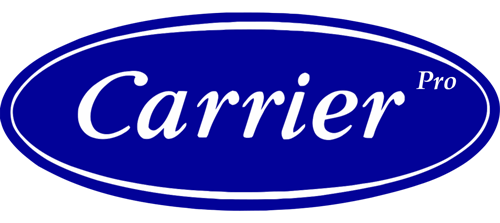What is a SAB loan?
What is a SAB loan? TheLoan Program, SBA’s most common loan program, includes financial help for small businesses with special requirements. This is the best option when real estate is part of a business purchase, but it can also be used for:
- Short- and long-term working capital
- Refinance current business debt
- Purchase furniture, fixtures, and supplies
The maximum loan amount for a 7(a) loan is $5 million. Key eligibility factors are based on what the business does to receive its income, its credit history, and where the business operates. Your lender will help you figure out which type of loan is best suited for your needs.
Am I eligible?
To be eligible for 7(a) loan assistance, businesses must:
- Operate for profit
- Be considered a small business, as defined by SBA
- Be engaged in, or propose to do business in, the United States or its possessions
- Have reasonable invested equity
- Use alternative financial resources, including personal assets, before seeking financial assistance
- Be able to demonstrate a need for a loan
- Use the funds for a sound business purpose
- Not be delinquent on any existing debt obligations to the U.S. government
Some businesses may not qualify for a 7(a) loan. Read more about Terms, conditions, and eligibility.
How do I use the SBA loan?
Basic uses for the 7(a) loan include:
- Long- and short-term working capital
- Revolving funds based on the value of existing inventory and receivables
- The purchase of equipment, machinery, furniture, fixtures, supplies, or materials
- The purchase of real estate, including land and buildings
- The construction a new building or renovation an existing building
- Establishing a new business or assisting in the acquisition, operation or expansion of an existing business
- Refinancing existing business debt, under certain conditions.
What is a SAB loan?
What do I need to apply?
When you’re ready to apply, you’ll need to gather the appropriate documents. Start the process by working with your local lender within SBA guidelines.
Use the following checklist to ensure you have everything the lender will ask for. Once your loan package is complete, your lender will submit it to SBA:
- Borrower information form: Complete SBA Form 1919 and submit it to an SBA-participating lender.
- Financial statements: Complete SBA Form 413 (personal financial statement). This helps SBA and other stakeholders assess your eligibility.
- Business financial statements: Submit the following to help show your ability to repay a loan:
- Profit and loss statement – Current within 180 days of your application. Also include supplementary schedules from the last three fiscal years.
- Projected financial statements – Include a detailed, one-year projection of income and finances and explain how you expect to achieve this projection.
- Ownership and affiliations: Provide a list of names and addresses of any subsidiaries and affiliates, including concerns, in which you hold a controlling interest or that are otherwise connected to you.
- Business license or certificate: Provide a copy of the original business license or certificate of doing business. If your small business is a corporation, stamp your corporate seal on the SBA loan application form.
- Loan application history: Include records of any loans you may have applied for in the past.
- Income tax returns: Include signed personal and business federal income tax returns of your business’ principals for the previous three years.
- Resumes: Include personal resumes for each principal.
- Business overview and history: Provide a history of the business and its challenges. Include an explanation of why you need the SBA loan and how it will help your business.
- Business lease: Include a copy of your business lease, or a note from your landlord, with the terms of the proposed lease.
If you are buying an existing business, gather the following information:
- Current balance sheet and profit and loss statement
- Federal income tax returns for the previous three years
- Proposed bill of sale including the terms of sale
- Asking price with schedule of inventory, machinery and equipment, and furniture and fixtures
- Franchise, jobber, or licensing agreements
- Proof of equity injection
You may be required to submit more SBA forms based on the specific use of proceeds or fees paid on a loans package or to a broker or agent.
How do I pay back my 7(a) loan?
Loan repayment terms vary according to several factors.
- Most 7(a) term loans are repaid with monthly payments of principal and interest
- Payments stay the same for fixed-rate loans because the interest rate is constant
- For variable-rate loans, the lender can require a different payment amount when the interest rate changes.
